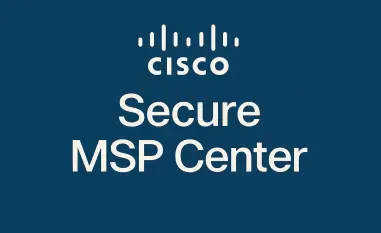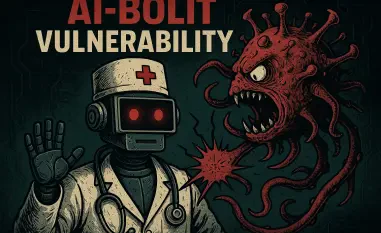The ever-evolving landscape of cyber threats continues to challenge both organizations and security professionals. A prominent figure in recent threats is the cybercriminal faction known as Scattered Spider, which has notably targeted VMware vSphere environments. These strategic maneuvers highlight a significant shift in attacking methods, focusing on hypervisors, which traditionally lack comprehensive security monitoring. Understanding the severity of these threats is imperative for organizations striving to protect their virtual infrastructures from potentially devastating breaches.
Understanding the Threat Landscape
The hacking group Scattered Spider has rapidly become a formidable adversary since emerging on the scene three years ago. Known by various monikers such as Muddled Libra and UNC3944, the group has orchestrated numerous high-profile cyber assaults. One of their sophisticated strategies involves compromising vSphere environments, a critical component of many enterprises’ IT infrastructure. By shifting focus to this area, the hacker group can bypass conventional security protocols, making it increasingly urgent for organizations to address these vulnerabilities.
Their ability to transition from targeting Active Directory systems to mastering vSphere attacks marks an evolution in attack sophistication. The seriousness of the threat is underscored by their success in exploiting vSphere to deploy ransomware directly from the hypervisor, circumventing standard detection measures. Recognizing this new reality highlights the necessity for a concerted effort to understand and counteract such complex tactics effectively.
Importance of Adopting Best Practices
Securing vSphere environments has never been more critical, considering the advanced techniques employed by groups like Scattered Spider. Adopting comprehensive security best practices provides multiple benefits, foremost among them an enhanced security posture that substantially reduces potential attack vectors. This strategic investment not only decreases the likelihood of a successful cyberattack but also bolsters an organization’s ability to respond swiftly and efficiently should a breach occur.
By instilling best practices, organizations position themselves two steps ahead of attackers like Scattered Spider, whose rapid modus operandi demands equally rapid defenses. The implementation of robust measures ensures a fortified infrastructure, safeguarding against not only current threats but also anticipating future potential vulnerabilities.
Key Best Practices for Mitigating Risks
Best Practice 1: Strengthen Access Controls
Effective access control forms the foundation of a secure vSphere environment. Implementing rigorous roles and permissions within vCenter plays a crucial role in thwarting unauthorized access. By strictly delineating access rights, organizations can significantly diminish the risk of compromise from within.
A case study example showcases how robust access controls innately prevented a catastrophic breach when unauthorized individuals attempted to gain high-level access. This instance exemplifies the immense efficacy that can stem from meticulous access configuration tailored to organizational needs, effectively mitigating unauthorized activities.
Best Practice 2: Enhance Multi-Factor Authentication (MFA)
Integrating a phishing-resistant MFA system is vital for securing sensitive virtual environments. Enforcing such measures ensures that unauthorized individuals face an impenetrable barrier, even if access credentials fall into the wrong hands. Organizations can benefit greatly from adopting strong authentication protocols that demand multiple layers of verification.
A scenario demonstrating the utility of MFA in a vSphere setting involves an attempted account takeover thwarted by the implementation of stringent MFA protocols. The presence of this additional security layer effectively neutralized the threat, emphasizing the importance of adaptive security measures.
Best Practice 3: Improve Backup and Recovery Strategies
An integral aspect of maintaining resilience against cyber threats is the development of robust backup and recovery strategies. Isolating backups, for instance, serves to safeguard against malicious attempts to delete or sabotage crucial data. Deploying sophisticated measures further ensures the integrity and availability of data in the event of a security incident.
As illustrated by an example of resilient backup systems, organizations that invested in isolating their backup infrastructure successfully mitigated the impact of a ransomware attack. Their foresight allowed for a swift recovery process, preserving client data and maintaining operational continuity.
Conclusion and Strategic Recommendations
The insights from analyzing and addressing dangers posed by Scattered Spider reinforce the indispensable role of security best practices. Tailoring these strategies to an organization’s specific requirements elevates their efficacy, enabling a proactive defense capable of neutralizing advanced threats. Entities across various sectors can derive immense benefits from implementing these best practices, yet should carefully evaluate their context and infrastructure for optimal results.
This advanced understanding of existing cyber threats can serve as a blueprint for strategic preparations and future resilience, yet must evolve continuously. While immediate implementation of these best practices provides a formidable defense, ongoing assessment and adaptation to emerging threats remain essential for sustained security assurance.













